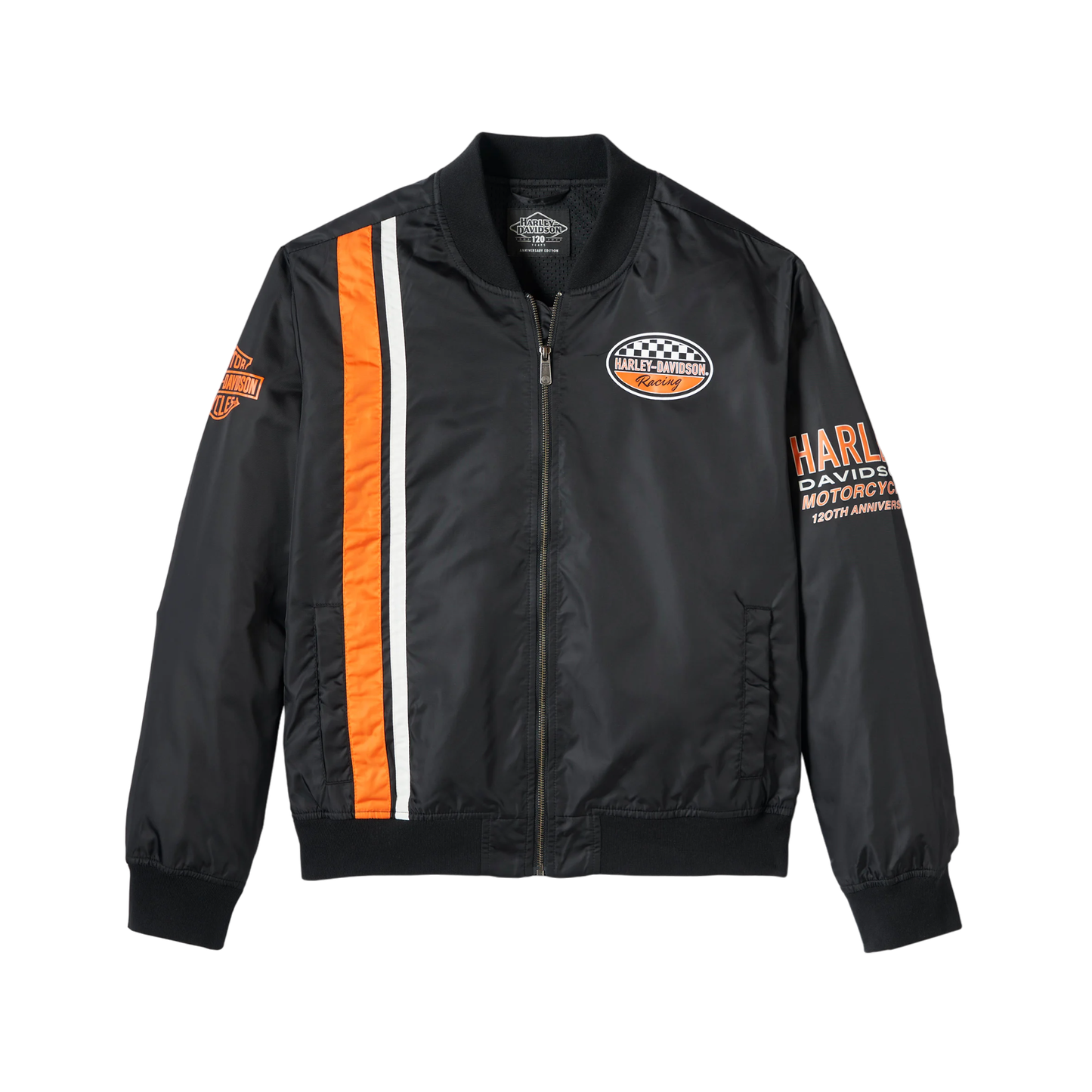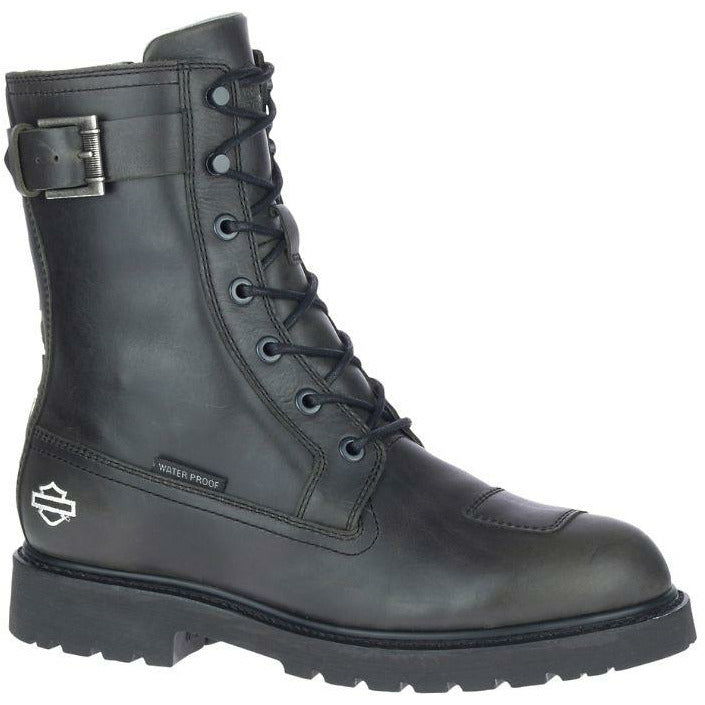Les gilets pare-balles pour motocyclistes protègent-ils efficacement les motards en cas d’accident ?
Gilet pare-balles pour motocyclistes : guide de protection et de sécurité
Points clés :
- Les gilets pare-balles pour moto offrent une protection supplémentaire au-delà des casques.
- Les types courants comprennent les combinaisons intégrales, les vestes, les gilets, les pantalons, les protections dorsales et les genouillères/coudières.
- Des études démontrent que les gilets pare-balles réduisent les blessures graves lors d’accidents.
- L’efficacité dépend de l’ajustement approprié, du type d’accident, du comportement du pilote et de la vitesse.
- Les limitations comprennent l’inconfort, la mobilité réduite et le coût.
- Un gilet pare-balles de haute qualité améliore la sécurité et la confiance.
Gilet pare-balles pour motocyclistes : un guide complet sur la protection et la sécurité
La conduite d'une moto est une expérience exaltante, qui procure un sentiment de liberté et d'aventure. Cependant, il est essentiel de reconnaître les risques inhérents à la conduite d'une moto. Les accidents de moto sont l'une des principales causes de blessures et de décès parmi les usagers de la route. Selon la National Highway Traffic Safety Administration , en 2020, les motocyclistes étaient 27 fois plus susceptibles de mourir dans un accident par kilomètre parcouru que les occupants de véhicules de tourisme.
Bien que le port d'un casque de moto soit sans aucun doute l'équipement de sécurité le plus important pour les motards, le gilet pare-balles pour moto offre une protection supplémentaire contre les blessures en cas d'accident. Cet article se penche sur le monde des gilets pare-balles pour motocyclistes, en explorant leurs types, leur efficacité, leurs limites et les facteurs affectant leurs performances.
Types de gilets pare-balles pour motocyclistes
Les gilets pare-balles pour motocyclistes se présentent sous différentes formes, chacune offrant différents niveaux de protection. Les types les plus courants sont les suivants :
Combinaisons intégrales : ces combinaisons monobloc offrent la protection la plus complète, couvrant tout le corps de la tête aux pieds. Elles sont généralement fabriquées à partir de matériaux résistants à l'abrasion et comportent une armure intégrée aux zones d'impact critiques, telles que la poitrine, le dos, les épaules, les coudes et les genoux.
-
Vestes : Les vestes protègent le torse et sont disponibles dans différents styles et matériaux. Certaines vestes offrent une résistance à l'abrasion, tandis que d'autres intègrent des inserts de protection pour une protection renforcée.

Titre : VESTE MOTO 120E ANNIVERSAIRE HARLEY-DAVIDSON®
Prix: 114,00 £
ACHETEZ MAINTENANT -
Gilets : Les gilets sont similaires aux vestes mais n'ont généralement pas de manches. Ils sont populaires auprès des cavaliers qui souhaitent une protection sans l'encombrement d'une veste complète.
Pantalons : Les pantalons de moto sont conçus pour protéger le bas du corps et sont disponibles dans différents styles et matières. Certains pantalons sont dotés d'une protection intégrée au niveau des genoux et des hanches, tandis que d'autres ont des poches pour insérer des protections.
Protections dorsales : les protections dorsales sont essentielles pour protéger la colonne vertébrale des blessures graves en cas d'accident. Elles se présentent sous différentes formes, notamment des protections dorsales autonomes qui peuvent être portées sous une veste et des protections dorsales intégrées aux vestes et aux combinaisons.
-
Genouillères et coudières : les genouillères et coudières offrent une protection ciblée pour ces zones vulnérables. Elles sont généralement fabriquées à partir de matériaux absorbant les chocs et peuvent être portées sous les vêtements ou fixées à la moto.

Titre : BOTTES DE CONDUITE IMPERMÉABLES POUR FEMMES HARLEY-DAVIDSON® FXRG-6
Prix : 129,99 £
ACHETEZ MAINTENANT
Efficacité des gilets pare-balles pour motocyclistes
De nombreuses études et recherches ont démontré l'efficacité des gilets pare-balles pour réduire les blessures subies lors d'accidents de moto. Une étude de 2019 publiée dans la revue « Accident Analysis & Prevention » a révélé que les motards portant un gilet pare-balles étaient nettement moins susceptibles de subir des blessures graves lors d'un accident. L'étude a conclu que les gilets pare-balles réduisaient le risque de blessures mortelles et graves de 48 % et 36 %, respectivement.
« Les gilets pare-balles se sont révélés être une bouée de sauvetage pour de nombreux motards. Ils peuvent réduire considérablement la gravité des blessures subies lors d'un accident et, dans certains cas, ils peuvent même prévenir des blessures mortelles. »
Les gilets pare-balles pour motocyclistes peuvent protéger contre diverses blessures, notamment :
-
Abrasions et lacérations : les éraflures et les lacérations sont des blessures courantes lors d'accidents de moto, car les motards sont exposés à la surface de la route et à d'autres objets en cas d'accident. Les gilets pare-balles fabriqués à partir de matériaux résistants à l'abrasion peuvent réduire considérablement la gravité de ces blessures.
-
Contusions et traumatismes contondants : un gilet pare-balles peut aider à absorber l'énergie d'impact et à la disperser loin du corps, réduisant ainsi le risque de contusions et de traumatismes contondants. Cela peut être particulièrement important pour protéger les organes vitaux et les blessures internes.

Titre : BOTTINES À LACETS ET FERMETURE ÉCLAIR POUR HOMMES HARLEY DAVIDSON® BROSNER 8"
Prix : 149,99 £
ACHETEZ MAINTENANT Os cassés : un gilet pare-balles peut aider à prévenir ou à réduire la gravité des os cassés en fournissant un soutien et un amorti aux zones vulnérables.
-
Blessures de la moelle épinière : les protections dorsales sont spécifiquement conçues pour protéger la colonne vertébrale contre des blessures graves, telles que des lésions de la moelle épinière, en cas d'accident.
Blessures à la tête : Bien qu'un casque de moto soit la principale protection contre les blessures à la tête, un gilet pare-balles comprenant une minerve ou une protection de la clavicule peut aider à minimiser le risque de blessures à la tête et au cou dans certains types d'accidents.
...

Titre : BOTTES DE MOTO BONHAM HARLEY-DAVIDSON®
Prix : 125,00 £
ACHETEZ MAINTENANT
Contour
- Types de gilets pare-balles pour motocyclistes
- Efficacité des gilets pare-balles pour motocyclistes
- Facteurs affectant l'efficacité des gilets pare-balles pour motocyclistes
- Limites des gilets pare-balles pour motocyclistes
- Conclusion
FAQ
1. Quels sont les différents types de gilets pare-balles pour moto disponibles ?
Réponse : Les protections corporelles pour motocyclistes se présentent sous différentes formes, notamment des combinaisons intégrales, des vestes, des gilets, des pantalons, des protections dorsales et des genouillères et coudières. Chaque type offre différents niveaux et zones de protection.
2. Dans quelle mesure les gilets pare-balles pour motocyclistes sont-ils efficaces pour prévenir les blessures ?
Réponse : De nombreuses études ont démontré l’efficacité des gilets pare-balles pour réduire les blessures subies lors d’accidents de moto. Les gilets pare-balles peuvent protéger contre les écorchures, les lacérations, les ecchymoses, les fractures osseuses, les lésions de la moelle épinière et les blessures à la tête.
3. Quels facteurs affectent l’efficacité des gilets pare-balles pour motocyclistes ?
Réponse : Plusieurs facteurs peuvent influencer l’efficacité d’un gilet pare-balles, notamment l’ajustement et la taille appropriés, le type d’accident de moto, ainsi que le comportement et la vitesse du pilote.
4. Quelles sont les limites des gilets pare-balles pour motocyclistes ?
Réponse : Bien que les gilets pare-balles pour motocyclistes offrent une protection importante, ils ont leurs limites. Ils ne garantissent pas contre les blessures, peuvent être inconfortables et restreindre les mouvements, et peuvent être coûteux.
5. Comment choisir le bon gilet pare-balles pour moto ?
Réponse : Lorsque vous choisissez un gilet pare-balles pour moto, tenez compte de vos besoins individuels et de votre style de conduite. Assurez-vous d'un ajustement approprié et sélectionnez un gilet qui offre le niveau de protection souhaité. Tenez compte de facteurs tels que le confort, la respirabilité et le coût.
6. Comment dois-je entretenir et maintenir correctement mon gilet pare-balles de moto ?
Réponse : Pour préserver l'efficacité de votre gilet pare-balles de moto, suivez les instructions d'entretien du fabricant. Inspectez-le régulièrement pour détecter tout signe d'usure ou de dommage, nettoyez-le et rangez-le correctement lorsqu'il n'est pas utilisé.
En savoir plus :
Titres cliquables pour une section « En savoir plus » :
- Libérez votre esprit Honda : découvrez les vêtements de pilote ultimes
- Vestes de moto : le mélange parfait de style et de protection
- Amateurs de sensations fortes, réjouissez-vous ! Découvrez notre collection Suzuki
- Royal Enfield Gear : découvrez l'héritage de l'aventure
- Améliorez votre expérience de conduite avec l'équipement de conduite de moto
- Maîtrisez l'art de la protection avec un pantalon de moto
- Style et sécurité réunis : découvrez notre collection de vestes de moto


